Your website is the first room your clients step into – it’s where first impressions are not just made, but meticulously crafted. In the realm of interior design, where every detail counts, your digital presence is your silent pitch, echoing your brand’s voice long before you speak. It’s about making that initial click a moment of awe, an instant connection, an irresistible invitation to explore further. This isn’t just about being online. It’s about creating a space where your designs do the talking, where your aesthetic becomes an experience, where each scroll tells a story. In a world where your next big project could be just a click away, your website stands as your digital portfolio, showcasing what you bring to the table – or rather, to the living room, bedroom, and beyond. Let’s explore how turning your interior design website into a masterpiece of design and functionality can elevate your brand to new heights. Let’s face it, in our digital-first world, having an interior design website is like having the key to a secret club. It’s more than just a web address; it’s a game-changer for your business. Here’s why: First things first, a slick interior design website is like your business card, but better. It’s your chance to say, “Hey, I know my stuff, and here’s the proof!” Clients today expect professionals to have an online presence, and the best interior design websites do just that – they build trust and show you’re serious about your craft. Think of your website as your always-open showroom. Whether it’s midnight or midday, someone somewhere can be scrolling through your work, getting inspired, and dreaming up their next project with you. And the best part? They could be from any corner of the globe. Interior designer websites break down geographical barriers, opening up a world of opportunities. Your website is your virtual gallery. It’s where your projects, from cozy home designs to chic commercial spaces, get to shine. An interior design website is not just about listing services, it’s about showcasing your best work. Whether it’s simple interior design websites or more elaborate ones, they let your work do the talking. Websites for interior designers aren’t just one-way streets. They’re interactive platforms where clients can reach out, ask questions, and give feedback. Plus, with features like blogs and newsletters, you can keep your audience engaged and up-to-date with your latest projects and ideas. Every interior designer has a story, and your website is the perfect place to tell it. From the About page to your blog, your website narrates who you are, what you do, and why you love doing it. Go beyond showcasing your designs and connect with your audience on a personal level. The best interior design websites turn visitors into followers and followers into clients. A well-designed website is great, but it needs to be seen. That’s where SEO (Search Engine Optimization) comes in. By optimizing your site, you can rank higher in search results when people look up ‘interior design websites’ or ‘home design websites’. This means more eyes on your work and more potential clients knocking on your virtual door. Your website should not stand alone. Integrating it with social media platforms is like throwing a party and inviting the whole world. Share your latest projects, blog posts, and ideas across social channels, and lead your followers back to your website. This synergy between your website and social media can be a potent tool in building a robust online presence. There’s nothing quite like a glowing review to boost your credibility. Including a section for client testimonials on your website not only shows potential clients what you’re capable of, it also gives them a glimpse of the experience they can expect when working with you. Now, creating an interior design website isn’t just about slapping on some photos and text. To stand out, you need a site that reflects your unique style and brand. Whether you’re looking for interior design website inspiration or planning to create the best home design website out there, remember that your website should be as well-designed as the spaces you create. Think about it – your website is your digital portfolio and your round-the-clock salesperson rolled into one. Whether clients are looking for interior design ideas or the best website for home design, yours should be the go-to place for inspiration, information, and engagement. Finally, remember that your interior design website is yours. It’s a reflection of your style, your philosophy, and your approach to design. Whether you’re inspired by minimalist interior design sites or louder, more exciting interior design websites, your site should feel like a digital extension of your physical work. So, whether you’re revamping your existing site or starting from scratch, remember that your interior design website is your digital footprint in the vast world of design. Make it count! Creating a standout interior design website isn’t just about throwing together some pretty pictures and a contact page. It’s about crafting a digital space that’s as functional and fabulous as the interiors you design. Here’s what you need to focus on: First up, your website needs to look good – really good. It should reflect your design style, whether that’s minimalist chic, modern eclectic, or anything in between. But beauty isn’t everything; your site also needs to be user-friendly. That means easy to navigate, fast to load, and a breeze for users to find what they’re looking for. As an interior designer, visuals are your bread and butter. High-resolution images that showcase your work in the best light are a must. But don’t stop at photos; consider adding videos or virtual tours to really give visitors a feel for your spaces. Remember, the best interior design websites are visual feasts for the eyes. Your portfolio is where you get to show off your projects. This section should be easy to find and simple to navigate through different projects, with professional photos of your best work. Whether it’s home design or commercial spaces, make sure your portfolio highlights the breadth and depth of your talent. Happy clients are your best advocates. Including a section for testimonials and reviews not only adds credibility, but also gives potential clients a taste of what it’s like to work with you. Ever been on a website where you can’t figure out how to get in touch? Frustrating, right? Make sure your contact info is front and center. And while you’re at it, ensure your website navigation is intuitive. The last thing you want is for potential clients to get lost in a maze of menus. A blog can be a powerful tool. It’s a place to share your thoughts on the latest design trends, offer tips, and showcase your expertise. Regular, quality content can also help improve your SEO, making it easier for clients to find you. In a world where most people browse on their phones, a mobile-optimized website is essential. Your site should look as good on a small screen as it does on a desktop. Your interior design website is your online portfolio, your digital business card, and your brand’s home all rolled into one. It’s where first impressions are made and where clients start their journey with you. So, take the time to get these key elements right. Whether you’re aiming for the best interior design websites or a simple, elegant showcase, remember that your website is an extension of your creativity and professionalism. Let it be the stepping stone that brings clients to your door, ready to transform their spaces with your vision. So, you’re ready to take your interior design business online. The big question is: do you dive into creating your own website, or do you call in the pros? Let’s break down the pros and cons of each approach. Pros: Cons: Pros: Cons: Whether you choose the DIY route or decide to hire a professional, your decision should align with your business goals, budget, and personal preference. If you’re tech-savvy and have time, a DIY interior design website can be a fulfilling project. But if you’re looking for something uniquely tailored and high-end with minimal time spent, a professional might be the way to go. Remember, your website is a crucial tool in your interior design business. Whether it’s through a DIY platform or a bespoke creation by a web designer, make sure your site reflects the quality and creativity of your work. Ready to dive into creating your own interior design website? Great! It’s an exciting journey and one that’s totally doable with a bit of guidance. Here’s how to start: There are plenty of website builders out there like WordPress, Wix, or Squarespace. Let’s break them down: Consider factors like ease of use, customization, ongoing maintenance, and cost when choosing your platform. You can read an in depth review and comparison of the three hosting sites here. You might be an ace at interior design, but web design is a different ballgame. Stick to basic principles: SEO, or search engine optimization, is how people find your site on Google. Use relevant keywords like ‘interior design websites’ or ‘home design websites’ in your content. Also, make sure your images have alt text with key phrases, and your pages have title tags and meta descriptions. Where you add these things will depend on your website builder, so just check the support articles to see where they’re located. Your DIY interior design website is a reflection of your style and expertise. It’s where potential clients get a peek into your creative world. So, while keeping the technical side in check, let your design personality shine through. Whether you’re aiming for a look that’s cozy and welcoming or sleek and professional, your website should be a digital extension of the spaces you create. Think of this project like designing a new space – plan it, lay the foundations, build it piece by piece, and then add your unique touches. With some patience and creativity, you’ll have an interior design website that’s not just functional, but a true showcase of your talent. When professionals step in to create an interior design website, they bring a blend of artistic vision and technical expertise to ensure that the site not only showcases your work beautifully, but also functions seamlessly. Here’s how they do it: In essence, when professionals create an interior design website, they’re crafting a digital showroom for your business. It’s not just about a stunning visual appeal; it’s about creating a user-friendly, SEO-optimized, and brand-consistent platform that effectively showcases your expertise in interior design. This approach ensures that your website not only looks fantastic but also performs well, making it a valuable asset in your digital marketing strategy. With professional help, your interior design website can become a leading destination for clients seeking inspiration, information, and design services. This site has a lot of great features going on, from its animations and interactivity as you scroll, to its easy hover-to-drop-down menu. Kim Gordon Designs is a perfect example of an intriguing, unique site that sacrifices zero user-friendliness. This user-friendly site offers a visually attractive layout with clear CTAs and a unique homepage design where the mouse turns into an arrow, prompting user interaction. This site makes a statement by not including anything under the top image of the homepage, putting the focus on a beautiful slideshow of their work. This is a good example of a simple, small website that still has everything you need. Krane Home offers a cozy and inviting feel with a focus on showcasing products and space images. The site highlights the studio’s previous accomplishments in an attractive manner. Engaging, interesting, and unique, Format uses strong, geometric fonts that are still warm and inviting. The site includes a fun feature where the color palette appears as you click on a project. Characterized by ‘warm minimalism’, this site effectively showcases the designer’s own style. Projects are organized and easy to navigate, and there’s an extensive Press page showing all the publications where the company has been featured. Presents a minimal yet gorgeous layout with easy navigation. The homepage features an elegant video that shows the designer in the spaces he’s created. This website sets itself apart from others in the interior design space by showcasing its process through engaging illustrations and offering a style quiz. It features bright colors, stylish fonts, and a touch of femininity, creating a welcoming and unique vibe. Plus, it boosts its approachability by sharing glowing reviews from happy clients and maintaining an active presence on popular social media platforms. “When in doubt, but you want to stand out, turn it sideways.” -the designer of this site, probably. Shamshiri sets itself apart with a unique layout, fun hover effects, and a menu that isn’t more than a little circle in the top right corner (a bold move, but we respect it). A sleek design with immersive, eye-grabbing sections, including a sideways scroll to showcase the portfolio section on the homepage. The whole website has an effortless, modern feel. This site’s vibe is classy yet practical, making it more accessible for a wider audience who value convenience and have a smaller budget. Decorilla makes great use of video, social proof, and its affiliation with Martha Stewart. These top interior design websites excel in creating engaging user experiences through their unique design elements, user-friendly interfaces, and high-quality content, making them standout examples in the field of interior design. When Simour Design, previously known as LA Healthcare Design, partnered with us, they were on the brink of a significant transformation. The goal was clear but challenging: rebrand the business into a luxurious interior design firm, specifically catering to top-tier medical offices nationwide. The outcome was a resounding success. Simour Design’s new website became a beacon of their expertise in luxury interior design for healthcare spaces. It’s not just an online business card – it’s a story, an experience, and a promise of transformation, all rolled into one. The website attracts the exact clientele Simour Design is aiming for, marking a significant milestone in their journey. This project with Simour Design was more than a client engagement for us; it was a partnership in true transformation. It exemplified our commitment to not just meet but exceed our clients’ expectations. Through this project, we demonstrated that with the right strategy, understanding, and execution, a website can be the most powerful tool in a brand’s arsenal. As we reflect on our journey with Simour Design, we are reminded of the impact thoughtful branding and a well-crafted website can have. It’s a testament to our dedication to bringing our clients’ visions to life and our passion for creating digital experiences that resonate, engage, and inspire. Read more about how we designed for Simour here. So, let’s bring it all back home. Your interior design website isn’t just a bunch of pretty pictures online; it’s the digital face of your brand. It’s where first impressions are made, ideas are sparked, and where potential clients decide if they want to work with you. It should be your online portfolio, your 24/7 showroom, and your best salesperson, all rolled into one. Remember, everyone starts somewhere, and your website is a journey. It’s about telling your story, showing off your best work, and really connecting with those who visit your site. Whether you’re jazzing up a living room or transforming a commercial space, your website should reflect the quality and style of your work. Ready to give your website the upgrade it deserves? That’s where we, Just Digital, come in. We’re all about creating websites that not only look amazing but also do the hard work of drawing in your ideal clients. Here’s Our Invite: Drop us a line! We’re here to chat about how we can make your interior design website shine. Whether it’s a full makeover or just a few tweaks, we’ve got your back. Our Special Offer: And hey, because we love seeing great design as much as you do, we’re offering a free consultation and website audit. Let’s take a peek at what you’ve got and brainstorm some ideas to make it even better. Ready to turn your website into a showstopper? Contact Just Digital today and let’s create a space on the web that’s as stunning and unique as your designs. Maximize Your Impact: The Experts’ Guide to Building Interior Design Websites That Stand Out
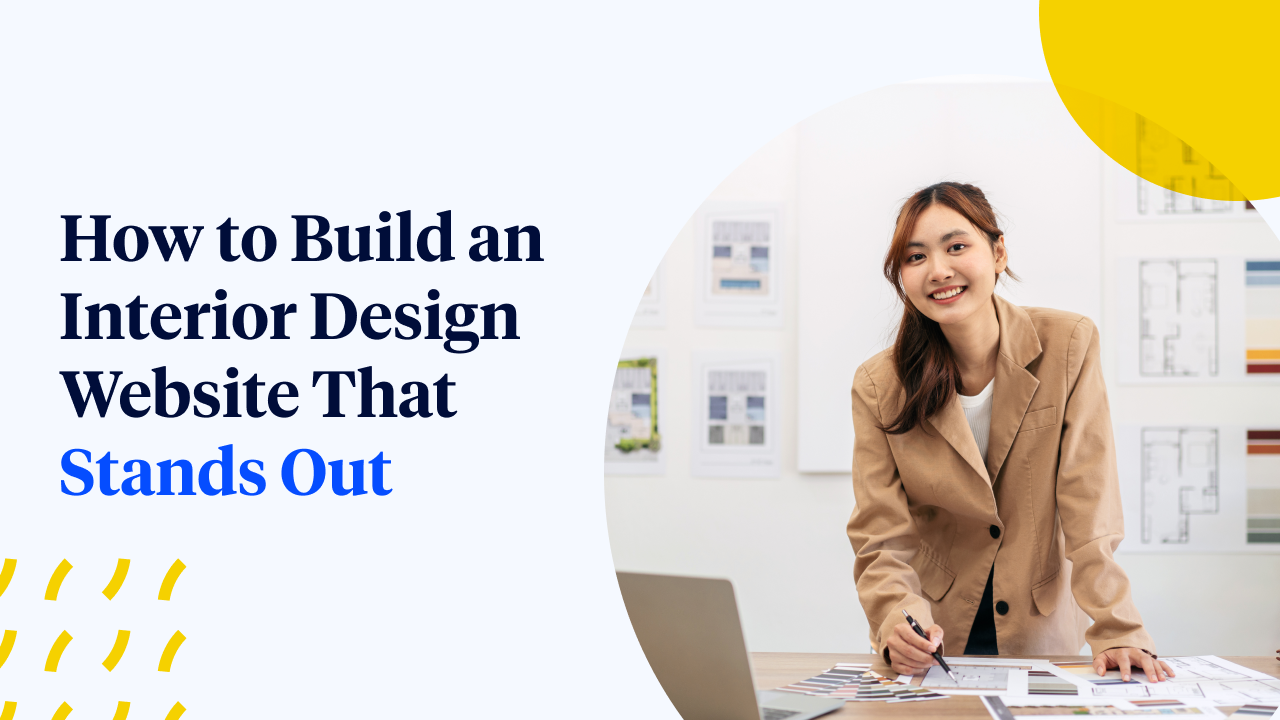
The Importance and Benefits of Interior Design Websites
Why Your Design Deserves a Digital Home
Credibility and Professional Image
24/7 Accessibility and Global Reach
Portfolio Showcase
Client Engagement and Feedback
Interior Design Website as a Storyteller
Enhancing Visibility with SEO
Social Media Integration
A Space for Reviews and Testimonials
Making the Most of Your Online Space
Your Website, Your Rules
Key Elements of Effective Interior Design Websites
Crafting a Digital Space That Speaks Your Style
Aesthetic and User-Friendly Design
High-Quality Visual Content
Portfolio Section
Testimonials and Reviews
Contact Information and Easy Navigation
Blog and Content Strategy
Mobile Optimization
Bringing It All Together
DIY Website Creation vs. Hiring a Professional
Navigating the World of Interior Design Websites
DIY Website Building: Pros and Cons
Hiring a Professional: Pros and Cons
Making the Right Choice for Your Brand
How to Create a DIY Interior Design Website
Choosing the Right Platform
Basic Design Principles for Non-Website Designers
Incorporating SEO Best Practices
Tips for Effective Content Creation
Bringing Your Design Flair Online
How Professionals Create a Website
Elevating Your Interior Design Business Online
1. The Design Process Explained:
2. Customization and Branding:
3. Advanced SEO and Analytics Integration:
4. Ongoing Support and Maintenance:
Crafting a Digital Showroom
Analysis of Top 12 Best Interior Design Websites
Kim Gordon Designs
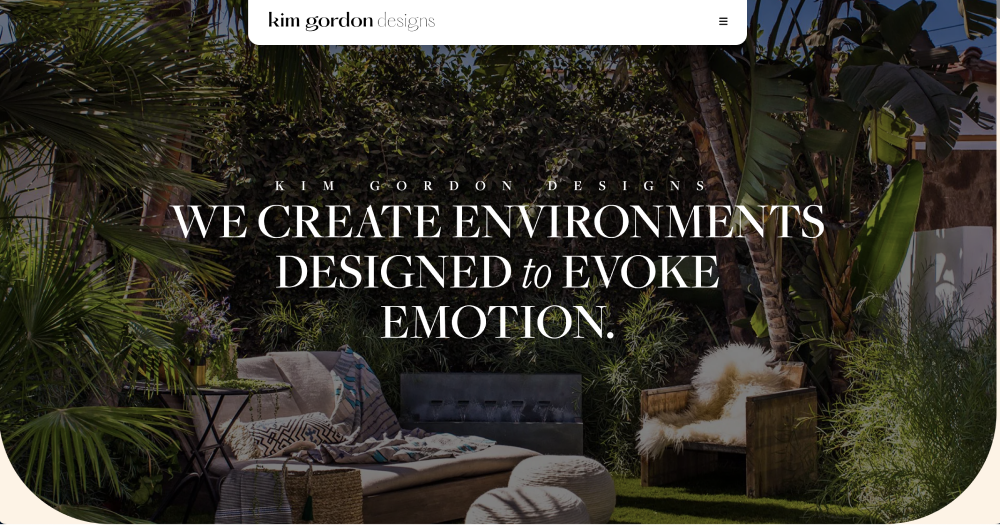

Tyler Karu
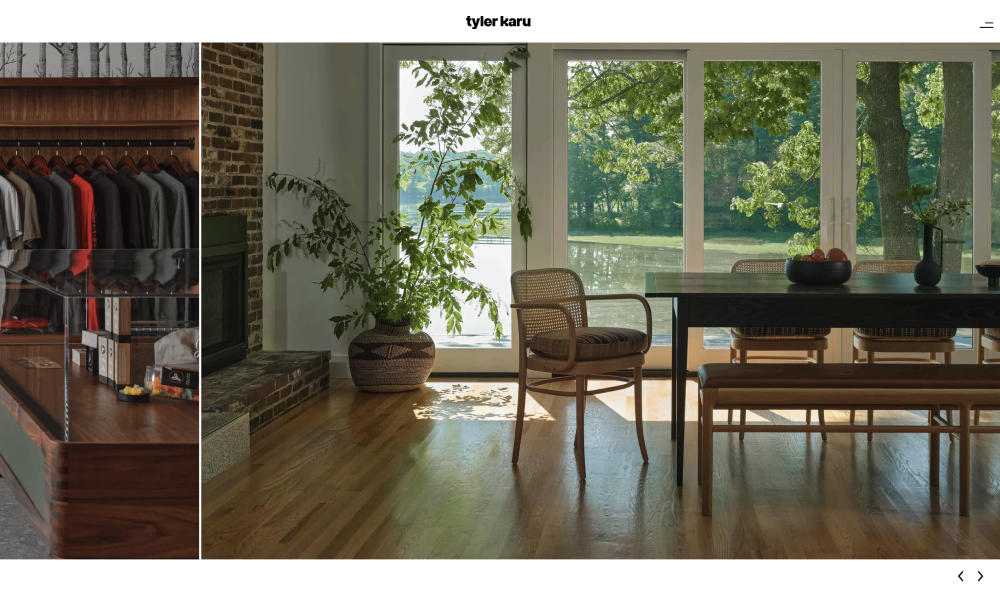 Notable for its bold header font contrasted with softer, thinner fonts, this site offers a logical journey for visitors and includes interactive elements, like hover effects for better navigations.
Notable for its bold header font contrasted with softer, thinner fonts, this site offers a logical journey for visitors and includes interactive elements, like hover effects for better navigations.Karageorgiou
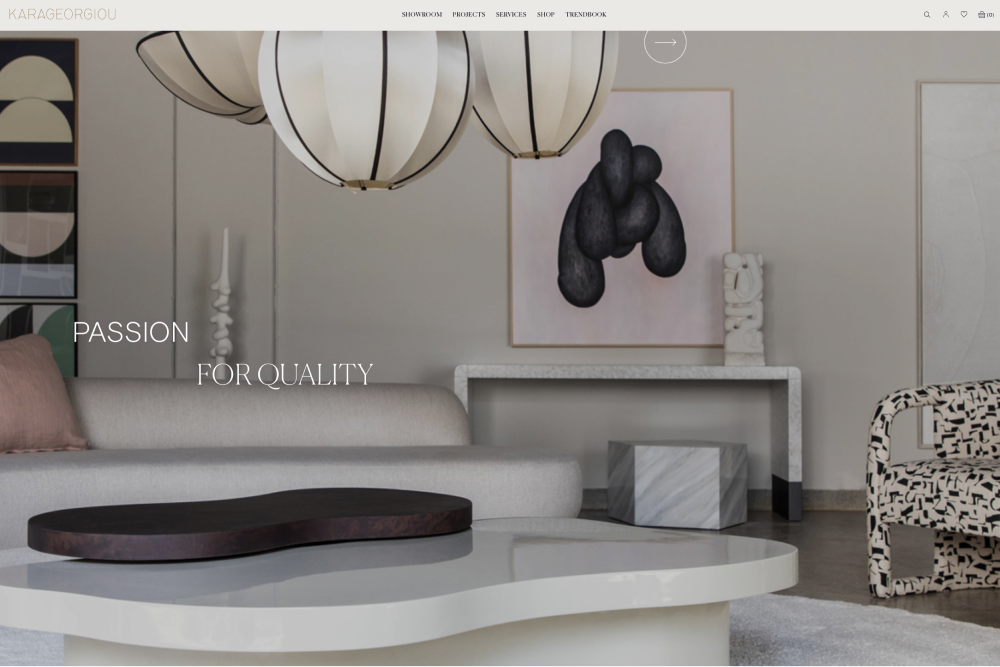
Jessica Helgerson Interior Design
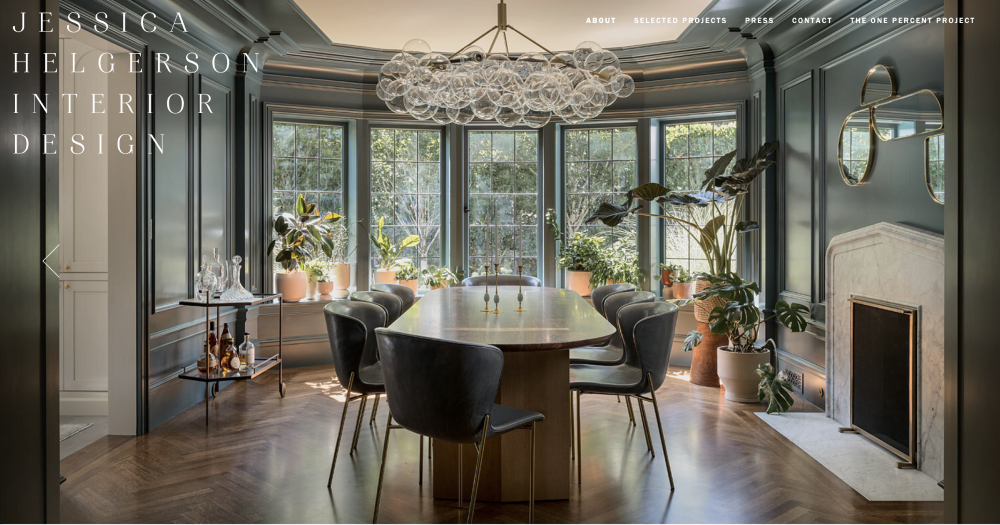
Krane Home

Format Furniture
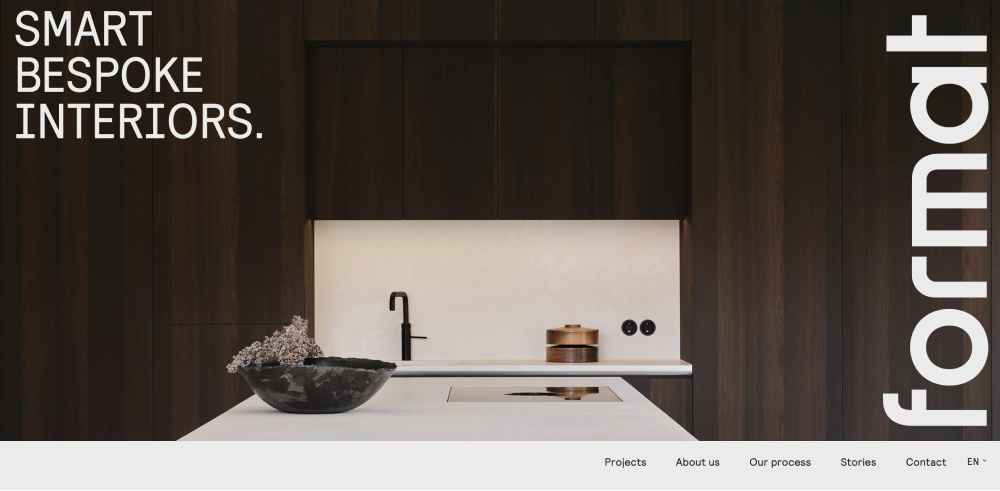
Sashya Thind
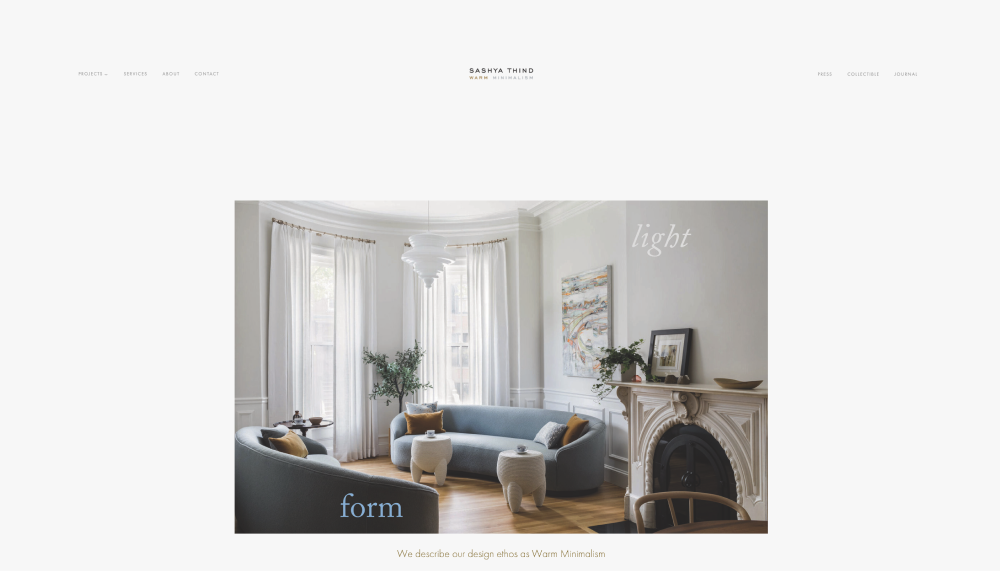
Amhad Freeman Interiors

Havenly
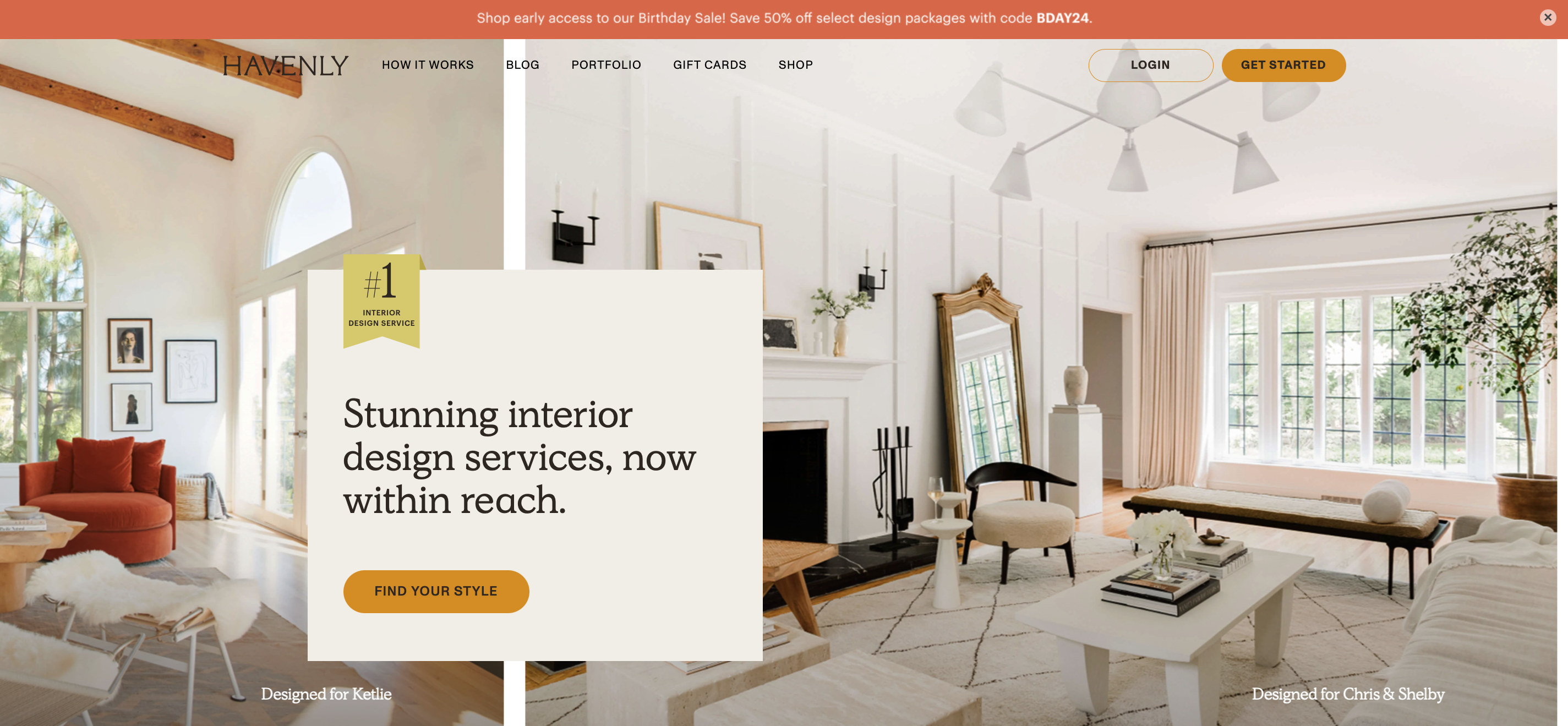
Studio Shamshiri
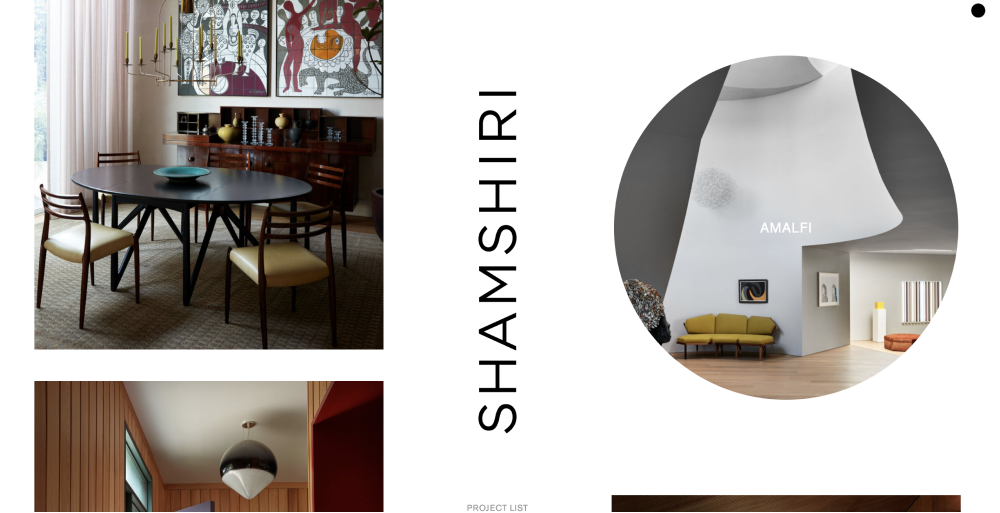
Crafted Interiors
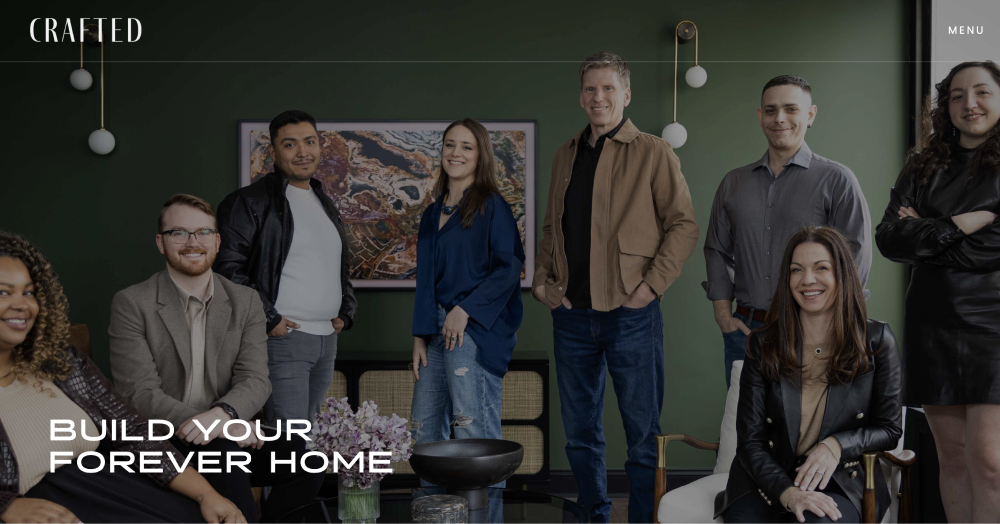
Decorilla


Common Features and User Experience Highlights
Case Study: Our Journey with Simour Design

Initial Challenges Faced by Simour Design
Our Strategy: Crafting a New Identity
Results: A Triumph in Rebranding
Impact: Realizing Vision into Reality
Why Your Interior Design Website Matters
The Big Picture of a Great Interior Design Website
A Little Nudge to Get You Started
Let’s Make Some Magic Happen
With Just Digital,
Success is Easy-Peasy Lemon-Squeezy.
When life gives us lemons, we generate results. Contact us today and we can start making lemonade.






